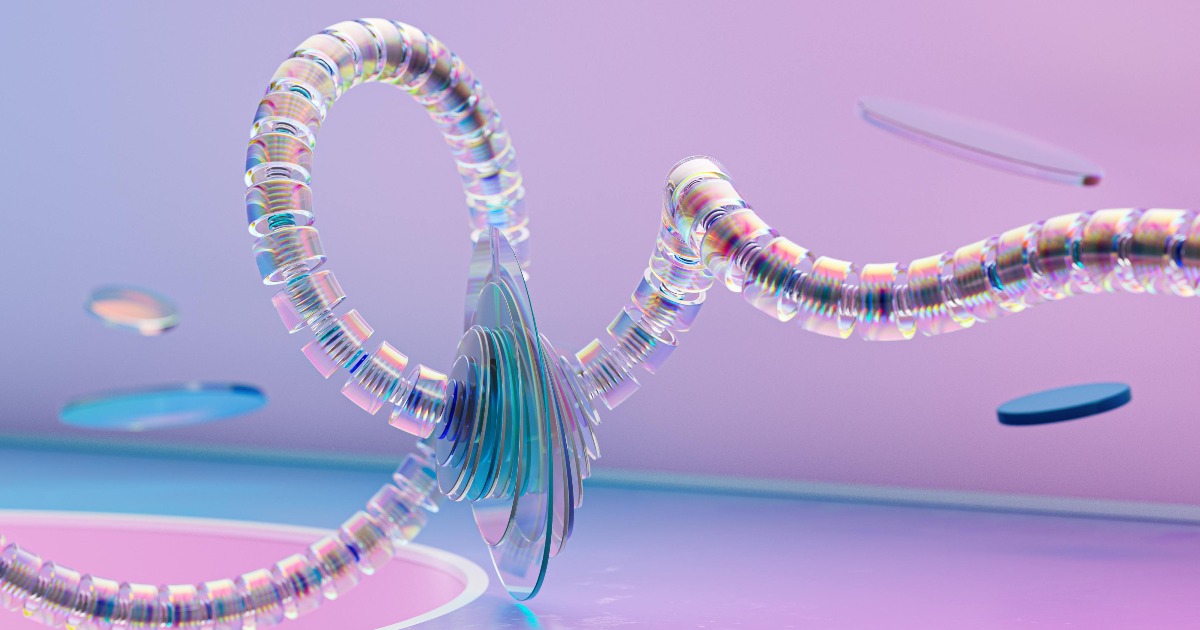- 2.5Impact Factor
- 5.5CiteScore
- 20 daysTime to First Decision
Soft Actuators and Sensors: Design, Materials, Processes and Applications
This special issue belongs to the section “Materials Science and Engineering“.
Special Issue Information
Dear Colleagues,
Unlike traditional rigid robots, soft robots can conduct tasks in unstructured environments. Soft robots have many advantages, such as improved flexibility, lower stiffness, compliance, strong adaptability and reconfigurability, and thus have great potential in applications such as fragile object grasping, medical invasive surgery and human–machine interaction.
Soft actuators and sensors are the key components of soft robots, which are made of soft materials arranged in a certain structure, and can be activated by fluids, heat, electricity, magnets, light, humidity, chemical reactions, etc. This Special Issue mainly focuses on the design, materials, processes and applications of soft actuators and sensors. We welcome the submission of research results on areas including but not limited to:
- Materials and their physical/chemical properties for soft actuators: elastomers, dielectric elastomers (DEs), liquid crystalline elastomers, gels and hydrogels, shape memory polymers (SMPs), shape memory alloys (SMAs), semicrystalline ferroelectric polymers, swelling polymers, electroactive polymers (EAPs), electroactive ceramics, thermoplastic polyurethane elastomers (TPUs), naturally derived materials, materials with volume change and materials with tunable mechanical properties.
- Structure design, modeling, optimization, motion control, multimodal locomotion and different actuation methods.
- Manufacturing methods and processes.
- Different applications, e.g., soft electronics, artificial muscles, wearable devices, haptic devices, soft grippers, medical devices and other novel industrial applications.
The Special Issue invites researchers to publish their original research articles on the platform, to discuss and communicate continuing challenges, opportunities and future directions of next-generation soft actuators.
Prof. Dr. Silvia Schintke
Guest Editor
Manuscript Submission Information
Manuscripts should be submitted online at www.mdpi.com by registering and logging in to this website. Once you are registered, click here to go to the submission form. Manuscripts can be submitted until the deadline. All submissions that pass pre-check are peer-reviewed. Accepted papers will be published continuously in the journal (as soon as accepted) and will be listed together on the special issue website. Research articles, review articles as well as short communications are invited. For planned papers, a title and short abstract (about 250 words) can be sent to the Editorial Office for assessment.
Submitted manuscripts should not have been published previously, nor be under consideration for publication elsewhere (except conference proceedings papers). All manuscripts are thoroughly refereed through a single-blind peer-review process. A guide for authors and other relevant information for submission of manuscripts is available on the Instructions for Authors page. Applied Sciences is an international peer-reviewed open access semimonthly journal published by MDPI.
Please visit the Instructions for Authors page before submitting a manuscript. The Article Processing Charge (APC) for publication in this open access journal is 2400 CHF (Swiss Francs). Submitted papers should be well formatted and use good English. Authors may use MDPI's English editing service prior to publication or during author revisions.
Keywords
- soft actuator design
- soft–hard actuators
- soft actuator sensors
- soft robotics
- soft actuation systems
- compliant actuation
- pneumatic soft actuators electroactive polymer actuators
- magnetostrictive actuators
- magnetic soft actuators
- modeling and intelligent control
- control optimization
- advanced manufacturing of soft actuators
- fabric-embedded soft actuators
- soft materials
- robustness
- electroactive polymers
- conducting polymers
- dielectric elastomers
- bio-based eaps
- hybrid eaps, artificial muscles
- hydraulic actuators
- electro active polymers
- polymeric actuators

Benefits of Publishing in a Special Issue
- Ease of navigation: Grouping papers by topic helps scholars navigate broad scope journals more efficiently.
- Greater discoverability: Special Issues support the reach and impact of scientific research. Articles in Special Issues are more discoverable and cited more frequently.
- Expansion of research network: Special Issues facilitate connections among authors, fostering scientific collaborations.
- External promotion: Articles in Special Issues are often promoted through the journal's social media, increasing their visibility.
- e-Book format: Special Issues with more than 10 articles can be published as dedicated e-books, ensuring wide and rapid dissemination.

